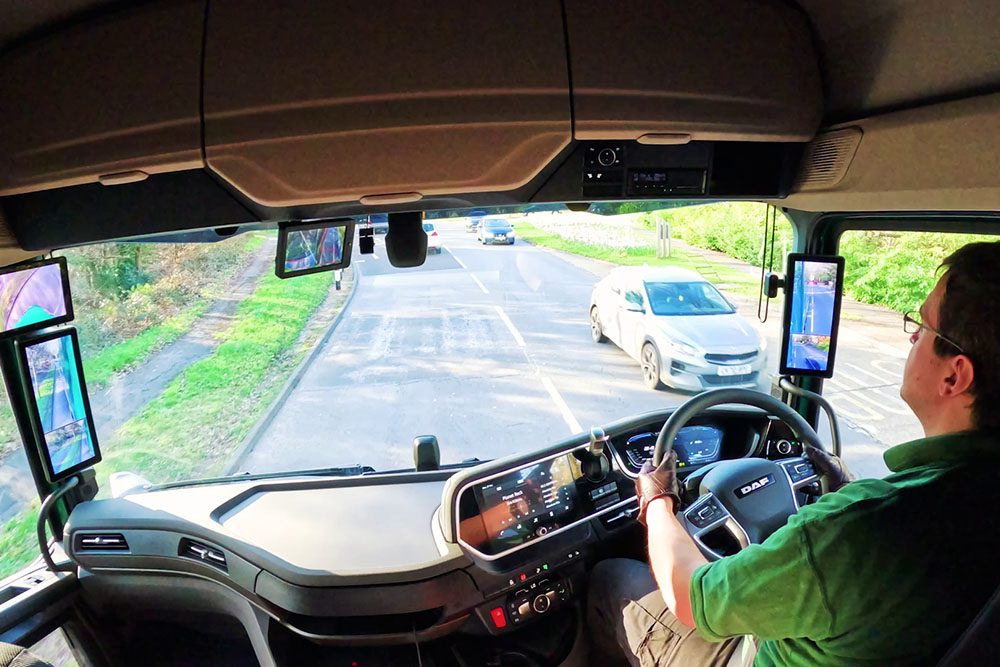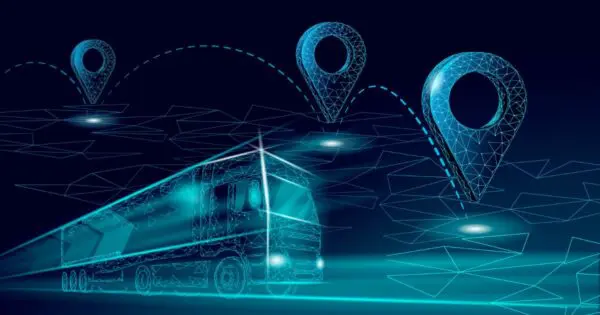Vehicle maneuvering in tight spaces: how to do it safely
Any fleet manager knows the risks that go along with maneuvering a vehicle in a tight space. And every driver is even more aware. Tight, complex environments exponentially increase the risk of accidents, and whilst speeds are generally low, those accidents still have the potential to be tragic, costly, or indeed both.
That risk increases, of course, as vehicles get larger and more complex. And there is nothing unusual about this challenge. In industries from construction to waste management, and plenty in between, the challenge of complex vehicles plus complex environments is common. Indeed, most urban areas, populated as they are by street furniture, other vehicles, and pedestrians, surely qualify as tight, complex environments themselves.
To prevent accidents and stay safe in these environments, it helps to take a two-pronged approach:
- Follow best practices when it comes to navigating tight spaces, and
- Invest in technology that gives drivers the support they need
Let’s look at each in turn.
Safe driving
There are specific approaches that can dramatically reduce the chances of accidents in tight or complex working environments. Make sure your drivers are trained to follow them and do so. These include, but are not limited to:
- Take time and move slowly. It should be obvious but always drive slowly, calmly, and methodically in tight spaces. Avoid sudden movements and acceleration: speed is almost never important. Safety, on the other hand, is paramount.
- Plan routes. Particularly in large or complex vehicles, the best way to avoid getting into trouble is to be clear about your route before you begin. Making things up as you go is a recipe for ending up in awkward and potentially dangerous situations. Always plan.
- Avoid reversing or backing up. It is almost always easier to move forward, both in terms of visibility and control of the vehicle. So, whilst reversing can never be entirely avoided, aim to keep it to a minimum. Again, planning will help.
We could go on, but we suspect you get the idea. Smart driving practices can help avoid accidents – and the costs that come with them.









